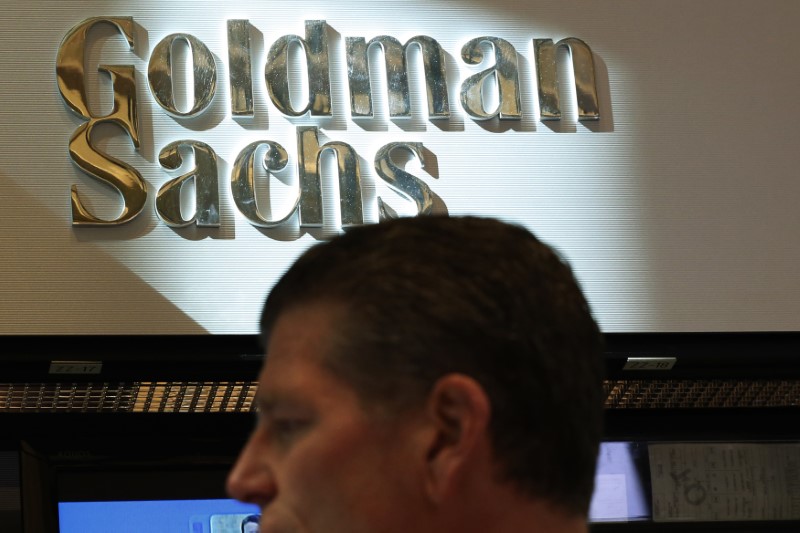By Senad Karaahmetovic
Goldman Sachs strategists believe the S&P 500 could fall to the low 3000s in case the U.S. enters a recession next year.
Their base-case scenario for the S&P 500 sees a drop to 3600 in the first half of the year before an H2 rally to 4000 by end of 2023. However, the selloff could extend to 3150 in case of a recession, implying a 20% downside risk from Friday’s closing price.
“In a recession, we expect earnings would decline by roughly 11% to $200. For context, during prior recessions the median peak-to-trough S&P 500 EPS decline was 13%. In such a scenario, we expect the S&P 500 P/E multiple would fall to 14x. Note that around prior recessions, equity prices and valuations typically troughed while analysts were still slashing their earnings forecasts,” they said in a note.
The strategists re-visited the firm’s 2023 outlook for the S&P 500 and U.S. equities after many investors told Goldman they are being too optimistic. Even if the U.S. avoids a recession, the S&P 500 could still decline meaningfully on “shrinking margins”.
“We assume that margins will contract by 58 bp in 2023 but have highlighted margins as a downside risk for corporate earnings next year. Soaring revenues lifted S&P 500 net margins to record highs in 2021 and early 2022, but 3Q reports showed margins contracted year/year for the first time since the pandemic,” they added.
The S&P 500 could outperform if the Fed becomes more dovish and earnings prove to be more resilient than expected. In that case, the strategists sees a scenario for the S&P 500 rallying to 4700.
“However, with the labor market and wage growth still too hot to be consistent with the Fed’s 2% inflation target, it seems unlikely that the Fed would ease substantially next year barring a severe downturn in the economic and earnings outlooks,” they concluded.
The strategists reiterated their earlier stance that investors should own “stocks that appear likely to grow margins next year, while avoiding those with margins that are vulnerable to a rebound in SG&A expenses.”
